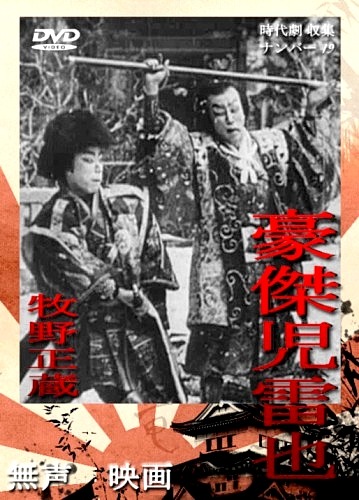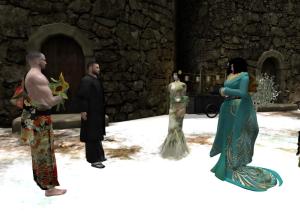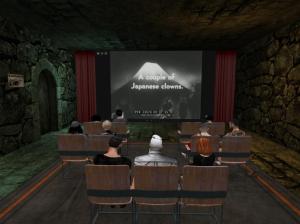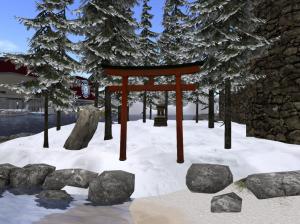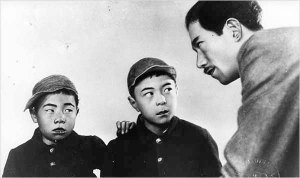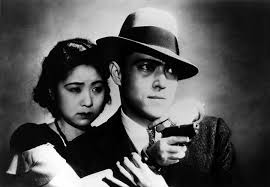After the February retrospective of silent westerns starring William S. Hart, something completely different coming up. For the first time at the Odie Cinema we’ll be looking into the silent movies of Japan; more specifically, those directed by Yasujiro Ozu (1903-1963) who is nowadays considered one of the most important film directors.
 |
| Yasujiro Ozu |
His earliest films are sadly lost, but several of his later silents – mostly from the 1930s – have been preserved, and in quite good condition. His style is recognizable by the use of ellipses, the omission of important events from the story, thus disrupting the narrative and completely avoiding melodrama – the exact opposite to Hollywood – although not all of his films are like that. In the first one we’ll be watching, there are even traces of Harold Lloyd and the approach to comedy typical for the American cinema of that time. In his later works, he develops his own style.
3rd March 2017
Days of Youth (1929)
This is Ozu’s earliest surviving movie, very much under the influence of the 1920s Hollywood comedies. Set in the northwestern part of Tokyo, it is a comedy about two students on a skiing trip, attracted to the same girl. Starring Yuji Ichiro, Saito Tatsuo, and Matsui Junko.

10th March 2017
I Was Born, But… (1932)
A family comedy/drama centering on two brothers. Once the boys realize their father is not a great man, but rather someone who acts like a silly servant in front of his boss, things change in their relationship. Ozu remade it in the 1950s, but the 1932 version is still considered one of the finest works of Japanese silent cinema. Starring Tatsuo Saito, Tomio Aoki, Mitsuko Yoshikawa.
17th March 2017
Woman of Tokyo (1933)
A young student is financially supported by his sister. What he doesn’t know is that she’s earning her living by working as a dancer in a club with very bad reputation. Once he finds out, everything changes between them, leading up to a tragic ending. Starring Yoshiko Okada, and Ureo Egawa.
24th March 2017
Dragnet Girl (1933)
Dragnet Girl is a gangster movie showing traces of influence from directors such as Joseph von Sternberg and Ernst Lubitsch. It has been described as a “moody, expressionist, pre-noir potboiler”; ultimately, it is a story about redemption. Starring Kinuyo Tanaka, Joji Oka, Sumiko Mizukubo.
31st March 2017
A Story of Floating Weeds (1934)
Another movie that Ozu remade in the 1950s. It is about a web of intrigues, deceits and jealousy inside a kabuki troupe. The title refers to floating weeds as a Japanese literary motif, representing aimlessness and lack of meaning. This is a modernist work, showing the fully developed aesthetics of Yasujiro Ozu. Starring Takeshi Sakamoto, Chouko Iida, Koji Mitsui, Yoshiko Tsubouchi.
Finally, a reminder that all screenings take place on Fridays, starting at 1 pm SLT, at this inworld location.


























